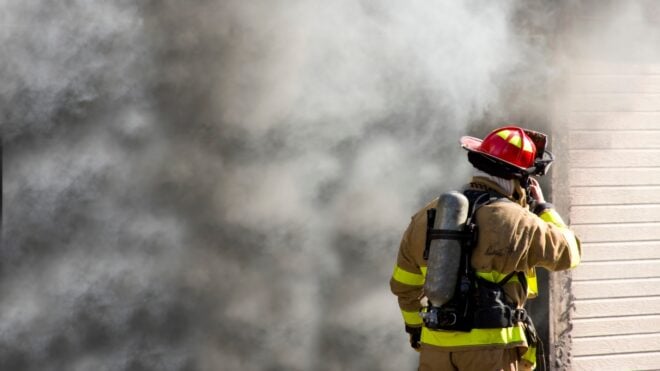When we come across cemeteries, our first thought is almost always an unpleasant one. But as spooky as they are, gravestone-riddled burial grounds can reveal startling, stunning, and utterly beautiful facts. Many people have made rather remarkable discoveries when it comes to cemetery excavations, like how this man discovered the long-lost grave of his war hero grandfather. In an exclusive guide below, we explore a more aesthetic kind of discovery: explaining the most common symbols seen on cemetery headstones. Adapting a guide from Atlas Obscura, and from the explanations of genealogy expert Kimberly Powell, we delve deeper into the stories that each symbol has to tell. A few of them might carry pretty straightforward meanings, but others are more profound and mysterious… We just hope that next time you're out on a stroll, you'll think of this fascinating guide, and look for its clues. Scroll further to find out what each of these symbols mean, and let us know your thoughts about them in the comments below!
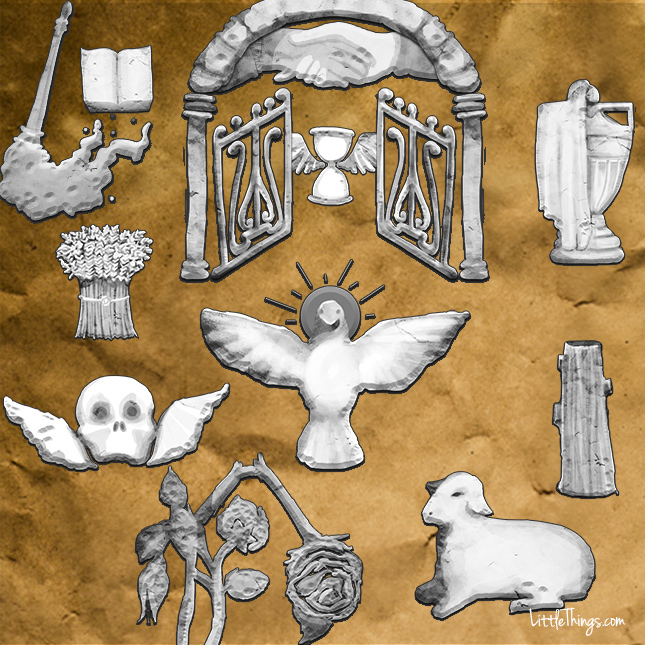
For centuries, people have marked gravestones with intricate patterns and symbols. To the unknowing observer, these symbols may look merely like captivating decorations, but the truth is, they often possess very special and distinct meanings. Scroll down to find out the message that each of these symbols delivers…
1. The Winged Skull
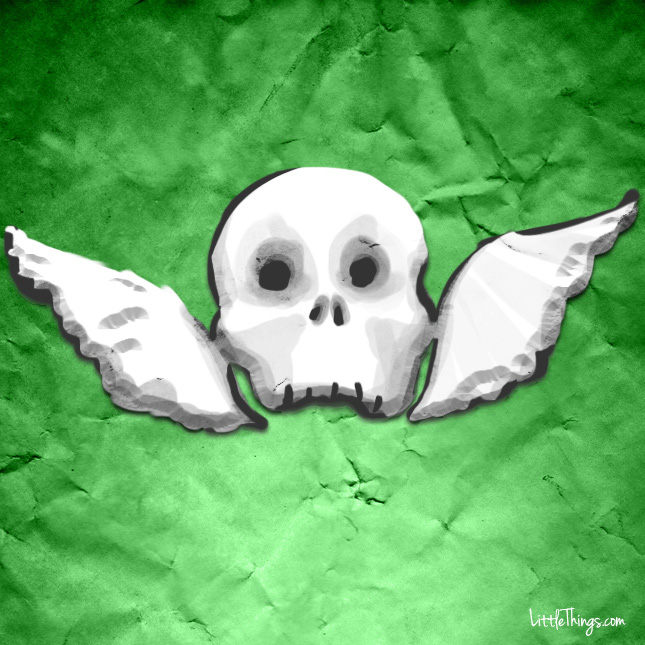
This design was very popular during the 17th and 18th centuries. The basic skull symbol denotes death and mortality. The skull will commonly be accompanied with a pair of wings, which symbolizes the ascension to heaven. They also symbolize the fleeting nature of life.
2. The Open Book
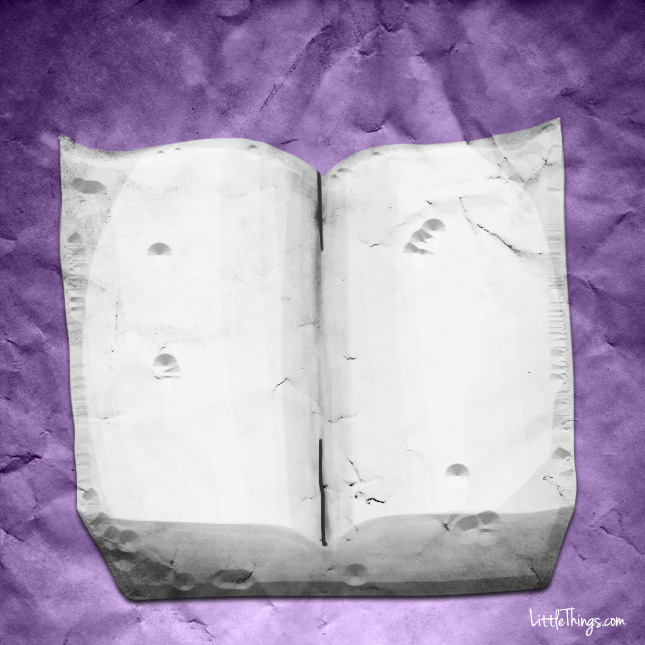
Books were often carved onto the headstones of clergymen or church ministers, and were also found on the gravestones of devoutly religious people. It can also symbolize the person's love for literature, and represent his good deeds and accomplishments in life. It is also said that the open book represents the open human heart to God.
3. The Draped Urn
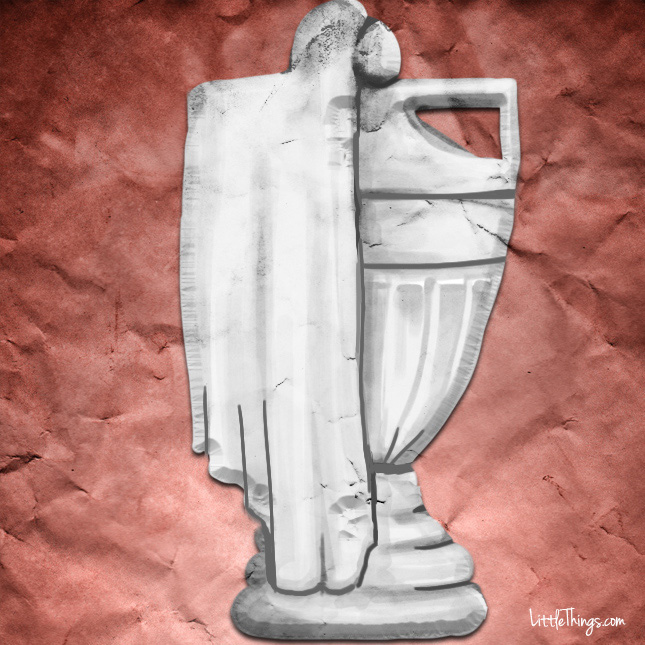
The symbol of an urn signifies the soul, while any form of drapery can illustrate mourning. This symbol is very commonly seen in Victorian-aged cemeteries, and points to the separation between the living and the dead. The drapery can also be viewed to protect the soul from evil or harm in the afterlife.
4. The Open Gates
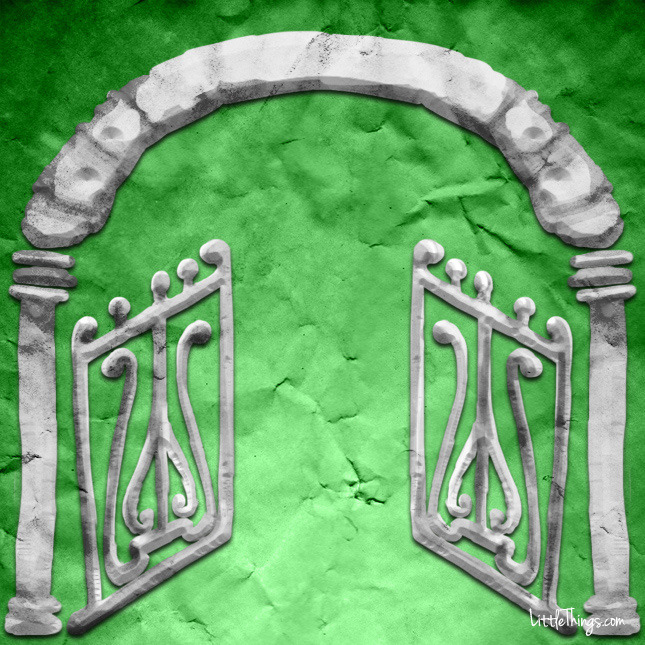
Gates usually symbolize the passage from Earth into heaven. It also signifies leaving the land of the living for a greater realm beyond.
5. The Flying Hourglass
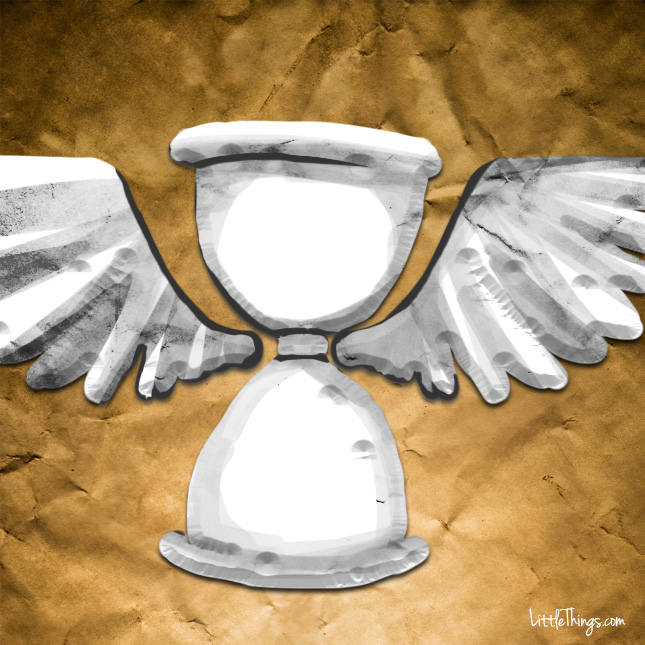
An hourglass symbolizes the passage of time. Similar to the winged skull above, the skull depicted here can indicate the swiftness of time's passing. It also serves as a lesson to the living that life is, after all, one of the shortest things we can experience.
6. The Clasping Hands
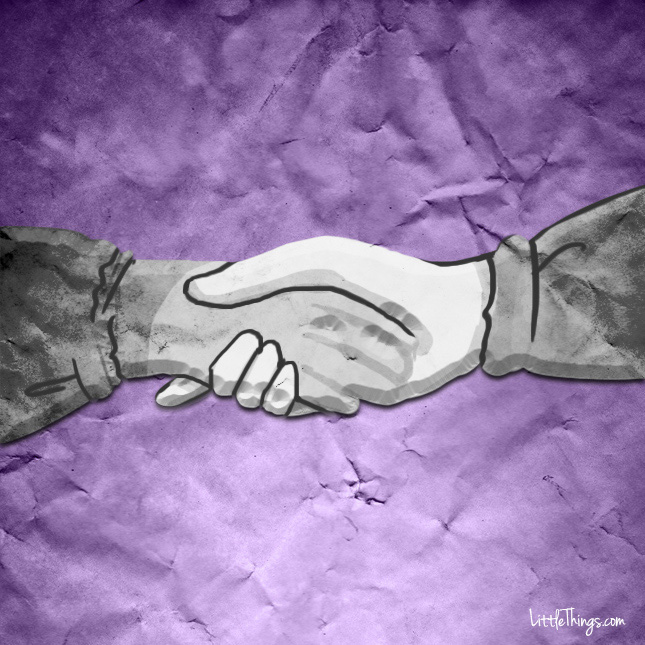
Hands are very commonly depicted on graves, whether they are pointing up toward heaven, or downwards, as if to convey a spiritual message to the afterlife. Often, when two hands are clasped tightly together, it can be seen as a symbol for a last farewell to the living — or a hello to the heavens. This symbol can also apply to married couples, where one person has passed away, leaving the other behind.
7. The Dove
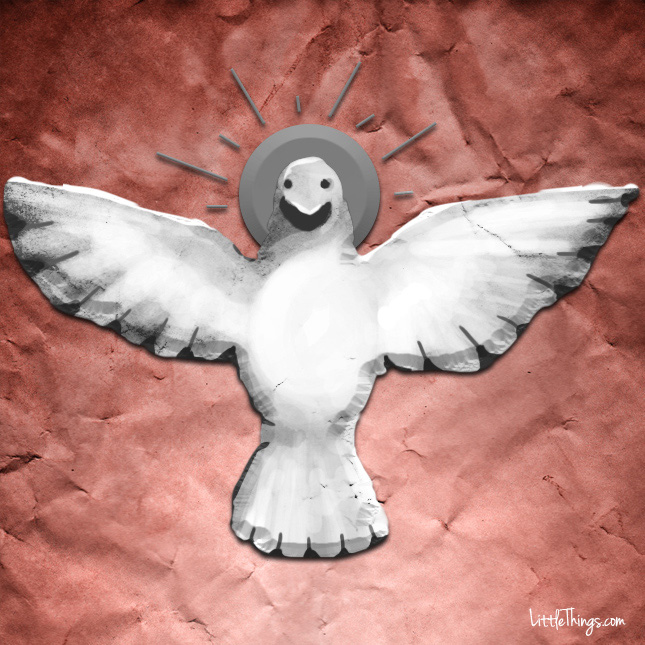
Doves are more commonly found on the graves of women who passed away at a young age. It represents peace and purity, and is also a symbol for rebirth. The bird can be shown ascending into heaven — or it can be shown lying dead on the ground, if the person has died very suddenly.
8. The Inverted Torch
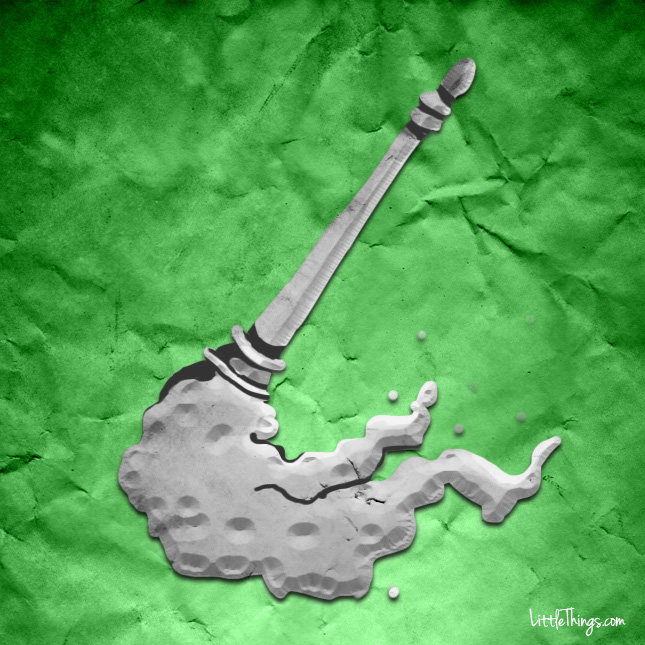
The inverted torch symbolizes the afterlife, or an extinguished fire. Just as a lit, upright torch represents immortality and everlasting life, an inverted one speaks to death, and the passing of the soul into the afterlife.
9. The Snapped Rose
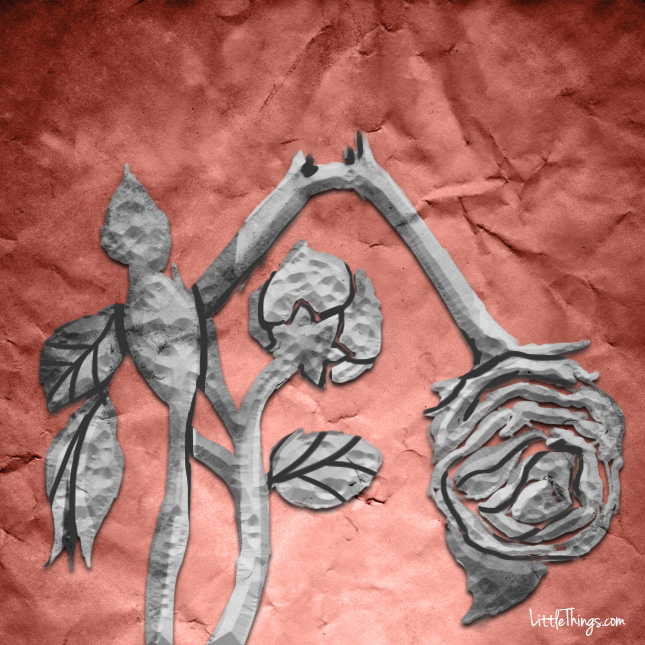
A rose is known to represent youth and beauty — and a broken rose represents a life taken too soon. Whether depicted as bud or a full bloom, the rose will be accompanied by thorny snapped stems, signifying a young death.
10. The Ears Of Wheat
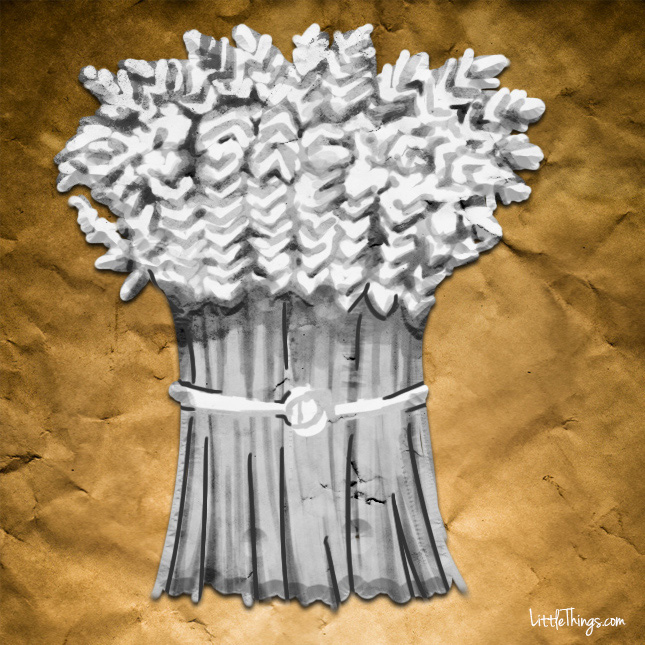
Firstly, sheaths of wheat can symbolize the Body of Christ. But they can also represent a full harvest. The symbol of wheat is commonly found on the tombstones of older people. Like the symbol of the oak leaf, wheat can symbolize a long, well-lived life, one that was "harvested" by the reaper when it was time.
11. The Tree Stump
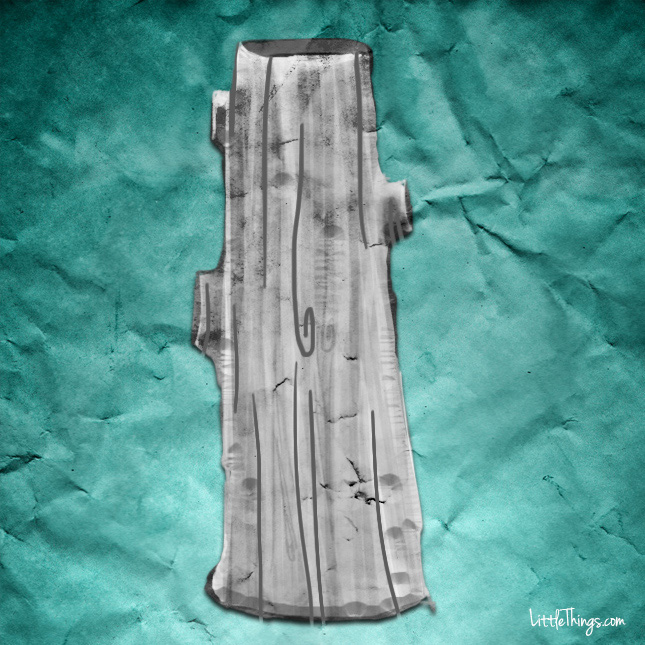
Headstones shaped like tree trumps were very popular from the 1880s to the 1920s, and all thanks to one man, Joseph Cullen Root.
After hearing a minister describe his congregation as “trees in God’s forest,” Root established a fraternity called “Woodmen of the World” — a financial services and insurance company that provided financial assistance for burial services. The insurance package included headstones.
Deceased adults were typically depicted with a solo, vertical tree stump — while children were often given three stacked, horizontal stumps.
The WOW continued to provide the tree stump gravestones to its members well into the 1970s.
12. The Lamb
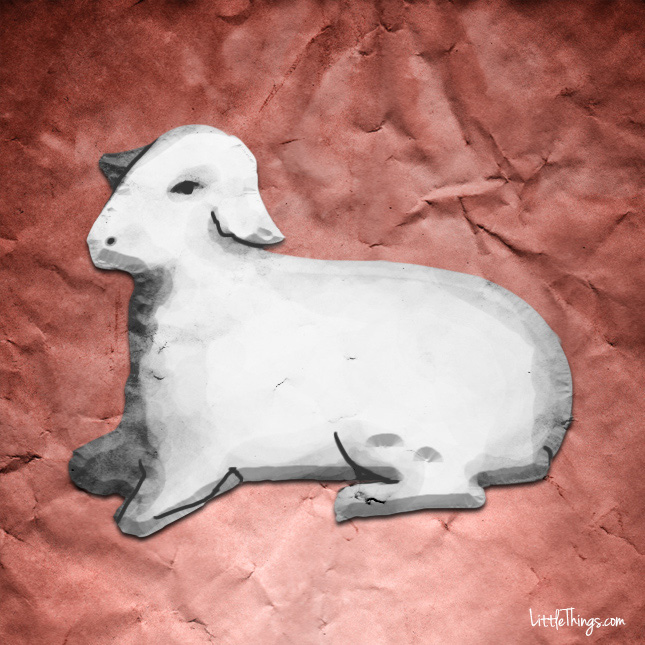
Lambs are usually found on the tombstones of children, and represents purity and innocence. It can also be read as a reference to Jesus, the "Lamb of God." Did you learn something new about the meaning of popular gravestone symbols? Let us know, and please SHARE these interesting facts with family and friends!



